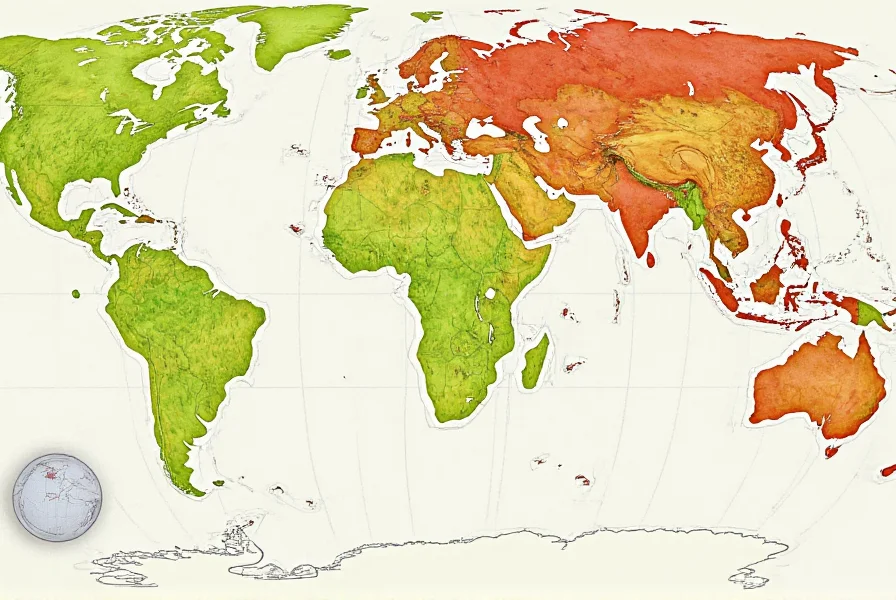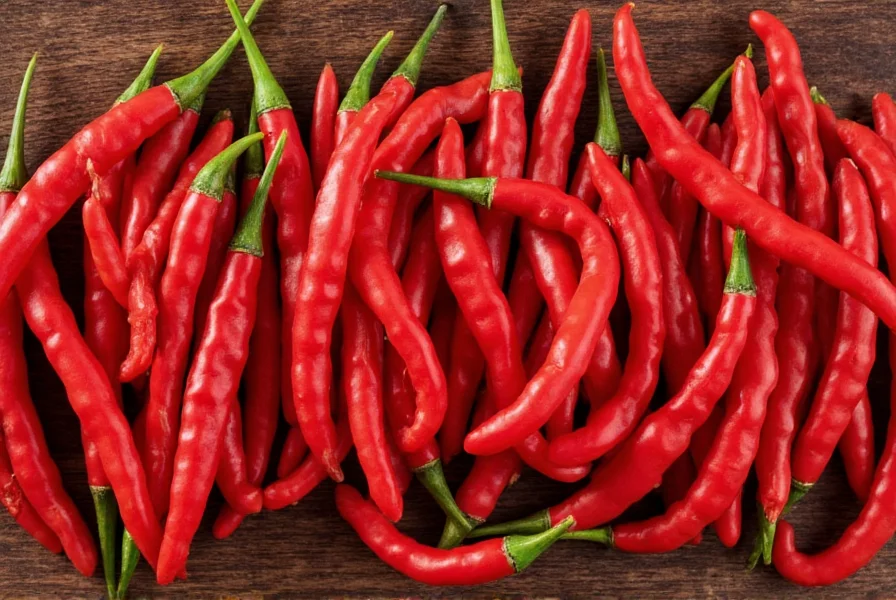For anyone curious about where did chili originate from, the answer lies deep in the ancient agricultural practices of Mesoamerican civilizations. These fiery fruits weren't just a culinary addition but held profound cultural, medicinal, and even religious significance for early societies.
The Scientific Classification and Early Evidence
Botanically classified as Capsicum species, chili peppers belong to the nightshade family (Solanaceae), which also includes tomatoes and eggplants. The five domesticated species of chili peppers all trace their ancestry to the Americas, with Capsicum annuum being the most widely cultivated variety today.
Archaeological discoveries provide concrete evidence of early chili use. In the Tehuacán Valley, researchers found microfossil remains of chili peppers in ancient cooking pots and grinding stones. These findings confirm that Mesoamerican peoples were processing and consuming chilies as part of their daily diet during the Archaic period.
Chili Peppers in Ancient Mesoamerican Cultures
For the ancient Maya, Aztec, and other Mesoamerican civilizations, chili peppers were far more than just food. They served multiple purposes:
| Civilization | Chili Pepper Uses | Historical Evidence |
|---|---|---|
| Aztec | Mixed with chocolate, used as currency, religious offerings | Bernal Díaz del Castillo's chronicles mention chili markets |
| Maya | Medicinal applications, ritual ceremonies, food preservation | Maya codices depict chili plants in agricultural contexts |
| Olmec | Early domestication, culinary foundation | Archaeobotanical evidence from San Lorenzo site |
The Aztecs referred to chili peppers as chílli in Nahuatl, which is where the English word "chili" originates. They cultivated numerous varieties, each with specific uses and heat levels. Historical accounts describe bustling markets where chilies were traded alongside cacao, maize, and other staples of Mesoamerican agriculture.
The Global Journey of Chili Peppers
The question of where did chili originate from naturally leads to how these peppers spread worldwide. The pivotal moment came after Christopher Columbus's voyages to the Americas in 1492. Though Columbus initially believed he had reached India and called them "peppers" (confusing them with black pepper), he brought chili seeds back to Europe.
From Europe, Portuguese traders played a crucial role in disseminating chili peppers globally. By the mid-16th century, they had introduced chilies to Africa, India, and Southeast Asia. The rapid adoption of chilies in these regions transformed local cuisines permanently. In India, chilies replaced black pepper as the primary source of heat in curries. In Hungary, they became the foundation for paprika. In China, they integrated into Sichuan and Hunan cuisines.

Botanical Evidence Supporting Mesoamerican Origin
Modern genetic studies confirm the Mesoamerican origin theory. Research published in the journal Nature Plants analyzed the genomes of hundreds of chili varieties and traced their domestication to two primary centers:
- Central Mexico - for Capsicum annuum (the most common species including jalapeños and bell peppers)
- Bolivia/Paraguay region - for Capsicum baccatum (used in South American cuisine)
The genetic diversity of wild chili species is highest in Mexico, which scientists recognize as a key indicator of a plant's center of origin. This principle, known as Vavilov's law of homologous series, states that the region with the greatest genetic diversity for a particular plant is likely its evolutionary birthplace.
Common Misconceptions About Chili Origins
Several misconceptions persist about where did chili originate from:
- Chilies came from India - While chilies are now integral to Indian cuisine, they only arrived after Portuguese traders brought them in the 16th century
- All peppers are the same - Black pepper (Piper nigrum) and chili peppers (Capsicum) are completely unrelated plants from different botanical families
- Chilies were always hot - Early domestication likely focused on milder varieties, with heat levels increasing through selective breeding
Modern Significance of Chili's Ancient Origins
Understanding the history of chili pepper cultivation provides valuable insights for modern agriculture and food science. Researchers studying ancient chili varieties have discovered genetic traits that could help develop disease-resistant strains. Additionally, the story of chili's global journey exemplifies how food crops can transform cultures and cuisines across continents.
Today, chili peppers rank among the most widely consumed spices globally, with China, Mexico, and Turkey leading in production. Yet despite their worldwide presence, their genetic roots remain firmly planted in the soils of ancient Mesoamerica.
Frequently Asked Questions
Where exactly did chili peppers originate?
Chili peppers originated in Mesoamerica, specifically in what is now modern-day Mexico. Archaeological evidence from the Tehuacán Valley in Puebla, Mexico shows domestication dating back to 5000-4000 BCE.
How did chili peppers spread from their origin to the rest of the world?
Chili peppers spread globally after Christopher Columbus brought them to Europe in 1492. Portuguese traders then distributed them to Africa, India, and Asia during the 16th century, where they quickly integrated into local cuisines.
What's the difference between chili peppers and black pepper?
Chili peppers (Capsicum species) and black pepper (Piper nigrum) are completely unrelated plants from different botanical families. Chilies produce capsaicin for heat, while black pepper gets its pungency from piperine. Columbus mistakenly called chilies 'peppers' because of their similar heat sensation.
Are all chili peppers hot?
No, not all chili peppers are hot. The heat level varies significantly between varieties. Bell peppers are a variety of Capsicum annuum with zero heat (0 Scoville units), while some habaneros can reach 350,000 Scoville units. Early domesticated chilies were likely milder than many modern varieties.
What's the scientific evidence for chili's Mesoamerican origin?
Genetic studies show the highest diversity of wild chili species in Mexico, following Vavilov's law of homologous series. Archaeobotanical evidence from sites like the Tehuacán Valley includes microfossil remains in ancient cooking pots dating to 5000-4000 BCE, confirming early cultivation.











 浙公网安备
33010002000092号
浙公网安备
33010002000092号 浙B2-20120091-4
浙B2-20120091-4